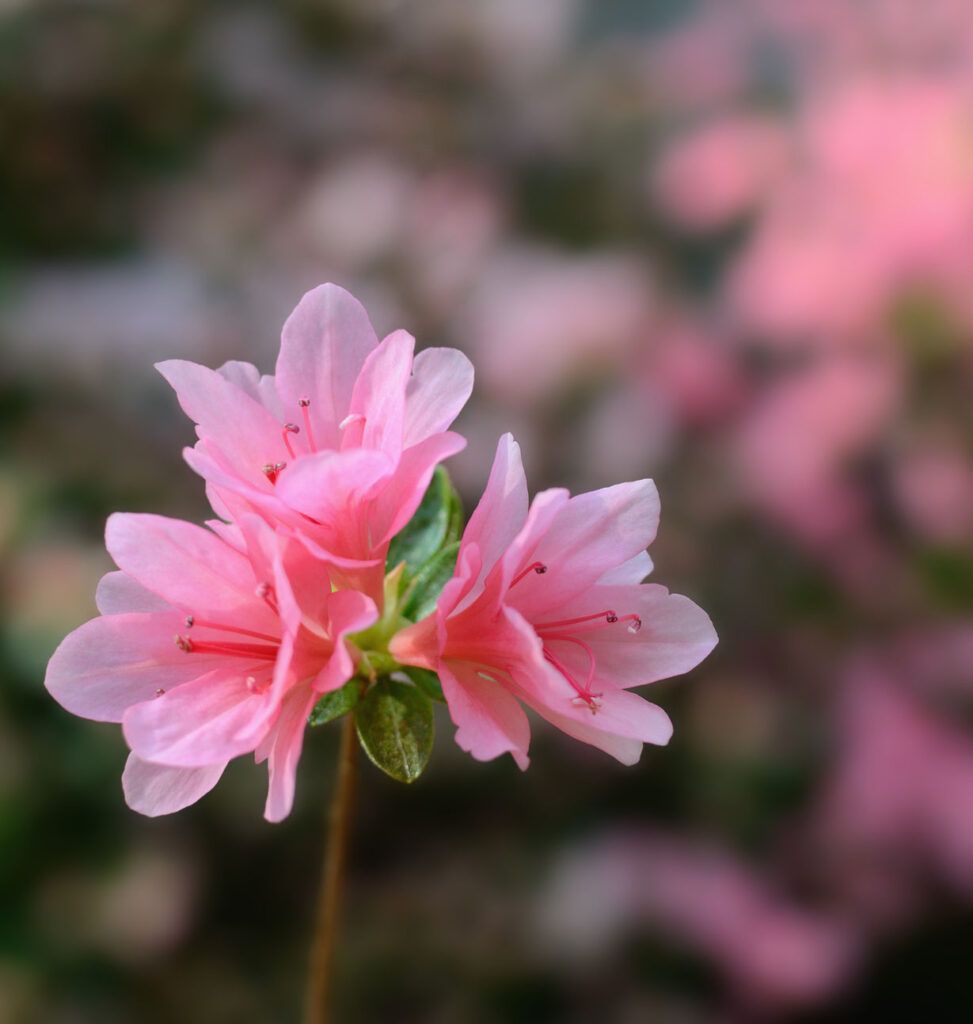So, you want to grow an attractive garden this springtime? Azaleas and rhododendrons are perfect choices. They bloom in beautiful pink, red and purple colors that will add charm to your garden.
Also, they are not as hungry as other blooming shrubs. However, they also require specific care and feeding to blossom. For instance, the soil must be well-drained and have a pH of 4.5 to 5.5. Continue reading to learn how to care for and feed azaleas and rhododendrons in your garden.
How to Feed Azaleas and Rhododendrons in Your Garden
The first step to feeding your azaleas and rhododendrons is to test your soil. This will help you determine precisely what you need to feed your plants. You may need to adjust the soil’s pH and improve its nutrients.
Mix agriculture sulfur to the soil if the pH is above 5.5. If below 4.5, add garden limestone to increase the pH. To increase the soil nutrient, compost pine bark, and pine needles and mix with the soil. This compost mixture will also improve soil drainage.
When you notice your azaleas and rhododendrons are slow-growing, feed them with iron sulfate fertilizers. But if you’re unable to get one, you can use a balanced fertilizer with a 10-10-10 ratio. You can also replace fertilizers with organic mulch rich in nitrogen.
How to Care for Azaleas and Rhododendrons
Here’s how to care for your azaleas and rhododendrons to improve their growth.
- Apply mulch around the plant to retain moisture and protect the shallow roots. Make sure to leave a few inches around the trunk mulch-free.
- Apply a nitrogen-rich fertilizer when you mulch with wood chips or sawdust. While these materials add nutrients to the soil, they use nitrogen to decompose.
- Spread the fertilizer over the root area so the plant root can absorb the fertilizer. This may extend three times the distance between the trunk and the branch tips.
- Water the azaleas and rhododendrons as soon as you feel the topsoil is dry. However, be careful not to overwater them to prevent root rot.
- Snap dead or damaged flower heads and stalks to remove them. Prune only after the Spring flowering, and only to reduce the height of your azaleas and rhododendron.
With proper care and adequate feeding, your azaleas and rhododendrons will bloom and beautify your garden. If you need help planting other colorful blooms, contact us at Levy’s Lawn & Landscaping today!
